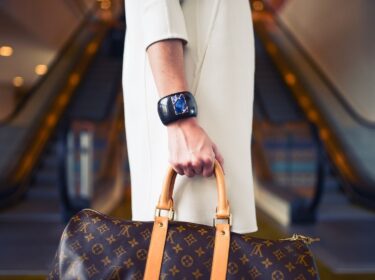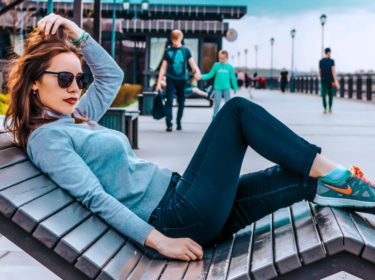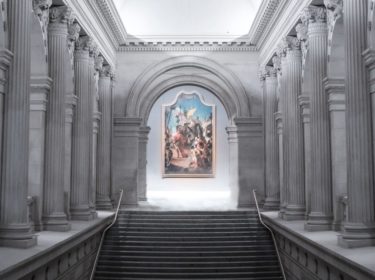The first runway show by the first female designer for Dior
Maria Grazia Chiuri used the Dior AW20-21 runway to make a political statement for women’s rights and feminism. The collection also marks the beginning for a 5-year collaboration with the Musee Lovre to restore their renowned gardens.
This runway show focuses on feminism in celebration of Dior’s first female designer, featuring artwork by Claire Fontaine. The venue featured multiple neon signs empowering women with words that emulate the #MeToo movement including “Consent,” “Women’s love is unpaid labor,” “Patriarchy Kills Love,” and “Women Rise.” The runway show took place in the Jardin des Tuileries of the Musee Louvre featuring a large runway in newspaper print flooring.
See the #DiorAW20 show space https://t.co/smich7hweF before guests arrived to discover the latest collection from Maria Grazia Chiuri. Its location in the Jardin des Tuileries marks the start of a 5-year Dior collaboration with the @MuseeLouvre to restore the famous gardens.#PFW pic.twitter.com/uclwmTvQfl
— Dior (@Dior) February 25, 2020
The show started with the room going completely pitch black as a silence builds in the venue, then you see the neon signs flashing utilizing the silence for the audience to focus on the art pieces.
The collection mainly featured a series of all-black and plaid print looks including suits and dresses with a tailored a-line style for a beautiful silhouette without having to be tight or constraining to wear. Most of the styled outfits resemble a punk style with models wearing combat boots and fishnet tights.
The plaid print portion of the collection adds a pop of color in a dress, skirts, and overcoat with boho vibes in the styling. Some of the dresses and shirts featured unique sleeves for a sheer nude illusion fashioned out of tulle or chiffon that gives the illusion of having no sleeves but you can see them once you get closer to the garment.
Take your front-row seat and enjoy the Dior Autumn-Winter 2020-2021 show by Maria Grazia Chiuri in real time! #DiorAW20 #PFW https://t.co/JGFOqQVfev
— Dior (@Dior) February 25, 2020
The collection brought masculine styles and transformed them for a powerful feminine look. For the color scheme, they decided to feature a palette of neutral, muted-tones along with different tactile embellishments including fringe and studs. Some of the looks in the collection combine black with floral embroidery for an edgy feminine look with a punk aesthetic.
The 84 look show first seemed to be in support of the #MeToo movement but critics are claiming this isn’t a creative idea by Chiuri but rather a marketing gimmick. The collection drew inspiration from the Dior archive, channeling styles from the 1960s and 1970s.





